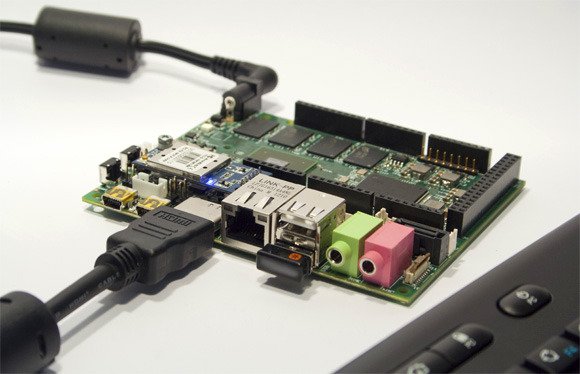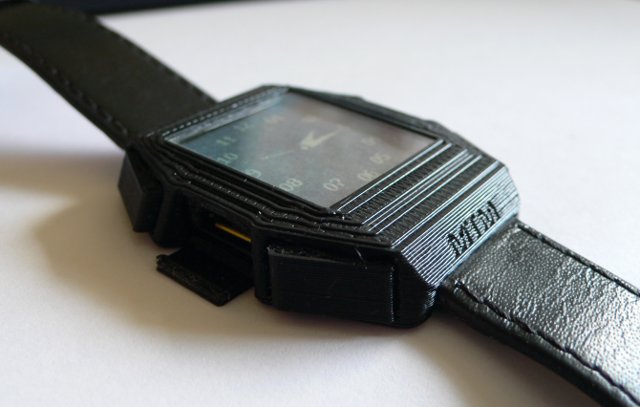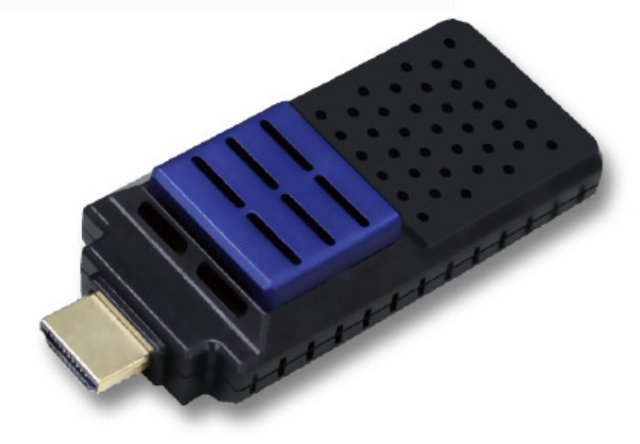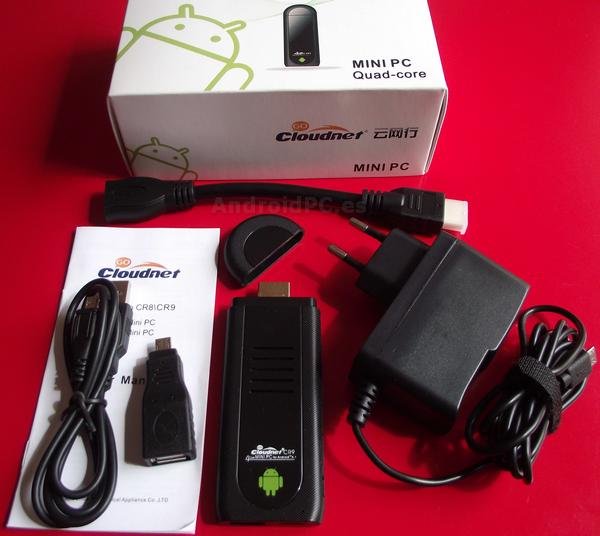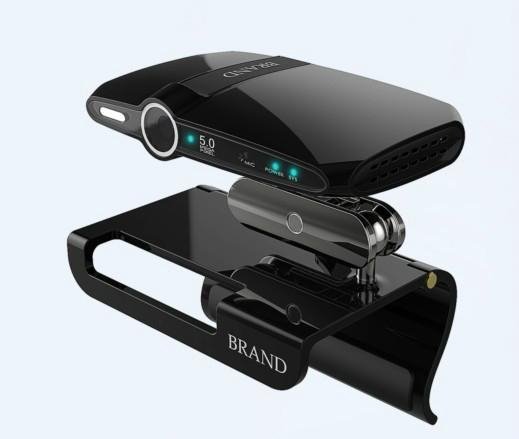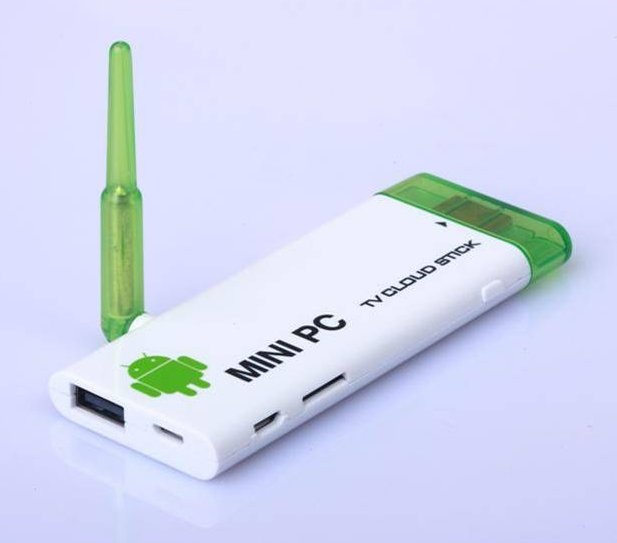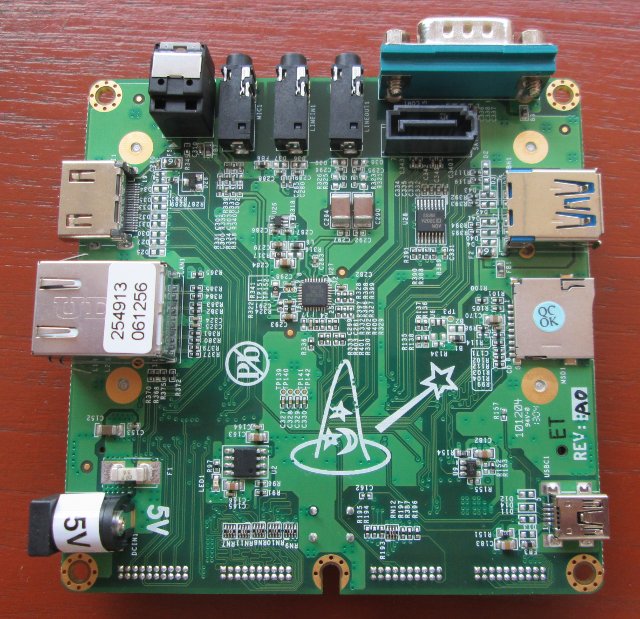Have you ever dreamed of a single board with the power of 4 Raspberry Pi and Arduino Due functionality? This dream should soon become reality thanks to UDOO single board computer. This open source hardware board is powered by Freescale i.MX6 Dual or Quad with 1GB RAM, as well as Atmel SAM3 Cortex M3 MCU that provides access to Arduino compatible headers. Here are the specifications of the board: SoC – Freescale i.MX6 ARM Cortex-A9 CPU Dual/Quad Core @ 1GHz + Vivante GPU MCU – Atmel SAM3X8E ARM Cortex-M3 (same as Arduino Due) System Memory – 1GB DDR3 Storage – micro SD (boot device) + SATA (i.MX6 Quad only) Video Output – HDMI and LVDS + Touch (I2C signals) Audio I/O – Analog Audio and Mic Expansion Headers – 54 Digital I/O + Analog Input (Arduino-compatible R3 1.0 pinout) Connectivity Ethernet RJ45 (10/100/1000 MBit) WiFi Module USB – mini USB […]
Open Source Time Machine #2 – Build A Complete Watch Yourself
There are already some watches such as Texas Instruments ez430-Crhonos and MetaWatch that are used as development platform and let you develop software yourself. Some hardware documentation is usually provided as well, but Energy Micro forums’ member hairykiwi is trying to go a bit further. He created a watch based on EFM32 Cortex M3 MCU and already released the KiCad schematics and gerber files, with 3D printer files and firmware source code to be released once they are ready. The project is called “Open source Time Machine #2” (OTM2). The project makes use of the following components and features: EFM32LG332F256 – Energy Micro Cortex M3 Leopard Gecko MCU with 256KB flash and 32KB SRAM A 128×128 pixel (23.2 x23.2mm visible area) ultra low power Memory LCD from Sharp Microelectronics, Recharge and programming via Micro USB connector. JTAG programming is also available. 150mAh Li-Po Battery + on-board battery fuel gauge IC. […]
$55 AX-14 DLNA, WiDi & Miracast Dongle Works with Android / iOS Devices, and Windows 7/8 PC
Miracast is a new standard allowing you to play videos or mirror your Android device display on a TV via Wi-Fi direct. All you need is a Wi-Fi device that can be connected to the HDMI and USB (for power) ports of your TV, and decode common video codecs. There are not many devices available on the market, but I’ve just found out about AX-14, a Wi-Di and Miracast HDMI adapter that lets you connect your Windows 7 or 8 to your TV via Wi-Di, or your Android / iOS via Miracast. The device also supports DLNA. The hardware specs are said to be as follows: Processor – MIPS24Kc processor (RTD1185PA) @ 500MHz System Memory – 256 MB DDR3 SDRAM Storage – 128 MB NAND Flash Video and Audio engine with HW acceleration Video Codecs & Formats – MPEG-1,MPEG-2,MPEG-4 SP/ASP( Xvid), MPEG-4 AVC(H.264), AVS, VP6, Motion JPEG, H.263 , H.264, […]
CloudnetGo CR9 RK3188 mini PC Review
The folks at AndroidPC.es have received a preliminary sample of CloudnetGo CR9 HDMI TV dongle powered by Rockchrip RK3188 quad core processor with 2GB RAM and 8GB flash, and posted an unboxing video and a review of the device. That’s the first review of a RK3188 mini PC I’ve ever seen. It’s in Spanish, so let’s provide a summary of their findings in English. Please note that it’s an early sample, so minor hardware changes may occur, and Android 4.1 will be upgraded to 4.2 once it ships later this month. CloudnetGO CR9 Unboxing The package contains the device itself, a 5V/2Apower supply, an extra short HDMI cable, a micro USB to USB cable, a micro USB to USB adapter and a user manual. If you prefer unboxing videos, they uploaded one with background music, no commentary. First Boot and First Impressions Let’s connect the device to the TV HDMI […]
Preliminary Ubuntu 12.04 RootFS for GK802/HI802 mini PC
After releasing a pretty good Ubuntu 11.10 image with both VPU and GPU acceleration for Freescale i.MX6 based HDMI dongles last month, Jasbir (aka jas-hacks) has released an Ubuntu 12.04 image with GPU support thanks to the help of Octavio (Yocto Project contributor), and Wi-Fi support. It’s possible to select Unity 2D or Xubuntu desktop, and Chromium and Neverball, a 3D ball game, are part of the image. There’s still more work however, as VPU (Video Processing Unit) support is work in progress, Bluetooth does not work yet, and OpenGL ES test programs such as glmark2-es2 or es2gears do not work properly with Xubuntu, even though they do work fine with Unity 2D. Jasbir uploaded a video showing Neverball 3D game in GK802, and it works pretty good, although the framerate does not seem optimal for now. If you want to give this image a try, install GK802 Ubuntu 11.10 […]
Veidoo HD2 Android Set-top Box Features a 5MP Camera
There seem to be more and more Android set-top boxes that can be fitted on top of the TV, but if you are mainly interested in video conference they may not always have very good cameras: MK818 comes with a 0.3MP camera and Archos TV Connect has a 1MP webcam according to Arctablet, which is good enough for 720p video conferencing. On the contrary, Veidoo HD2, an Android 4.0 set-top box powered by AllWinner A10, comes with a 5MP camera which should allow you, in theory, to do video conference in 1080p if your internet connection permits it. Here are the specifications of the device: SoC – Allwinner A10 Cortex A8 @ 1GHz + Mali-400 GPU Memory – 1GB RAM Storage – 8GB + micro SD slot (Up to 32GB) Connectivity – Wi-Fi 802.11b/g/n + 3G support via external 3G dongle Camera – 5.0MP auto focus Video Output – HDMI […]
CX-803 II Android mini PC Features 2GB RAM, an External Antenna
Several mini PCs have been claimed to come with 2GB RAM (e.g. S21H, MK812), but it turned out the sellers simply made a mistake, or possibly lied to sell a few more sticks. To date, the only HDMI TV dongle which you can buy and expect it to really come with 2GB RAM is the PQ Labs iStick A200, but we’ve now got another option with the CX-803 II (aka CX-803B or FX5) powered by Rockchip RK3066 with 2GB RAM, 8GB flash and a short external antenna. If the picture below looks similar, it’s because it’s an upgrade of CX-803 / AVS-TV603 with more RAM, more flash and built-in Bluetooth. Here are CX-803 II specifications: SoC – Rockchip RK3066 @ 1.6 GHz + Mali-400 MP4 GPU System Memory – 2GB DDR3 RAM Storage – 8GB NAND flash + micro SD slot (up to 32GB) Video Output – HDMI 1.4 Connectivity: […]
Wandboard Releases Updated Android and Ubuntu Linux Images and Source Code
Since I’ve received my previous short review of the Wandboard Dual development board, there has been more work on done the platform with new Android and Ubuntu images, Jelly Bean source, Linux SDK release, and git repo setup. I’ve tried the binary images, and had a quick look at the source code and corresponding documentation. Android 4.1.2 Image and Source Code Wanboard has release an improved Android image on the 14th of March which you can download for both Solo and Dual version of the development board with the following Changelog: Fix HDMI audio/playback issue with certain monitor. Add support for wifi on wandboard-dual. Known issue: Might need to turn off “Avoid poor connections” in Wi-Fi ->Advanced to keep connection alive. I’ve given it a try in Wandboard Dual, and it seems Ethernet support is gone (Sorry my mistake, Ethernet IS working, but there’s no indication when it’s connected, and […]


